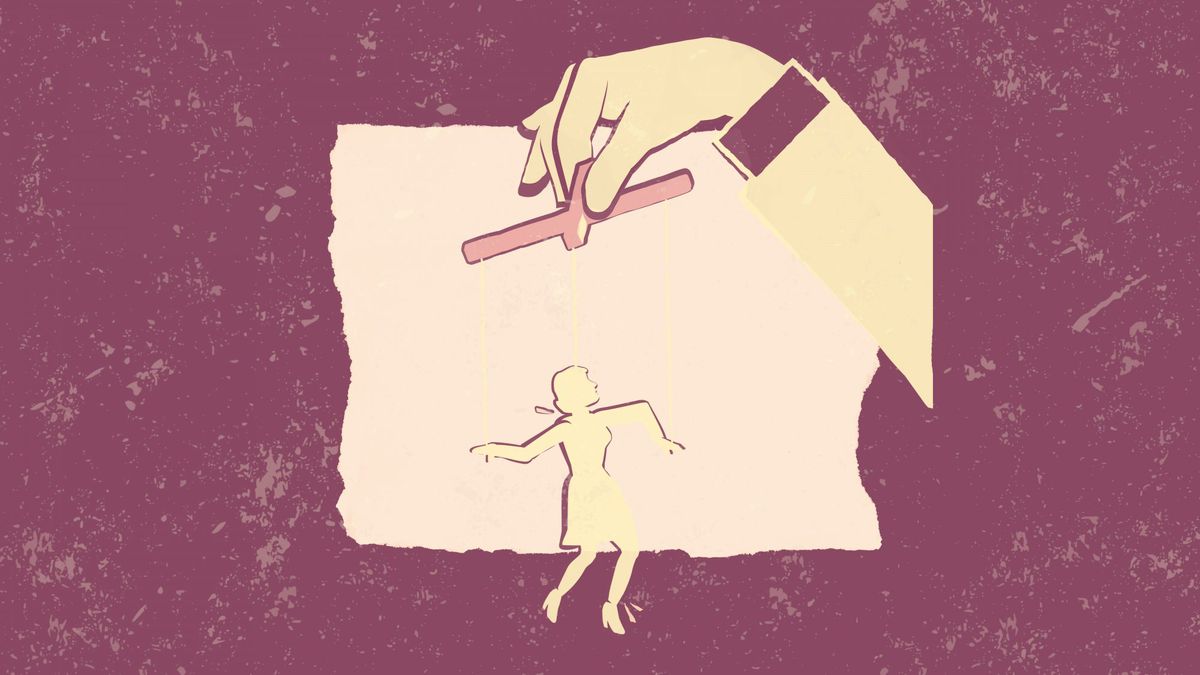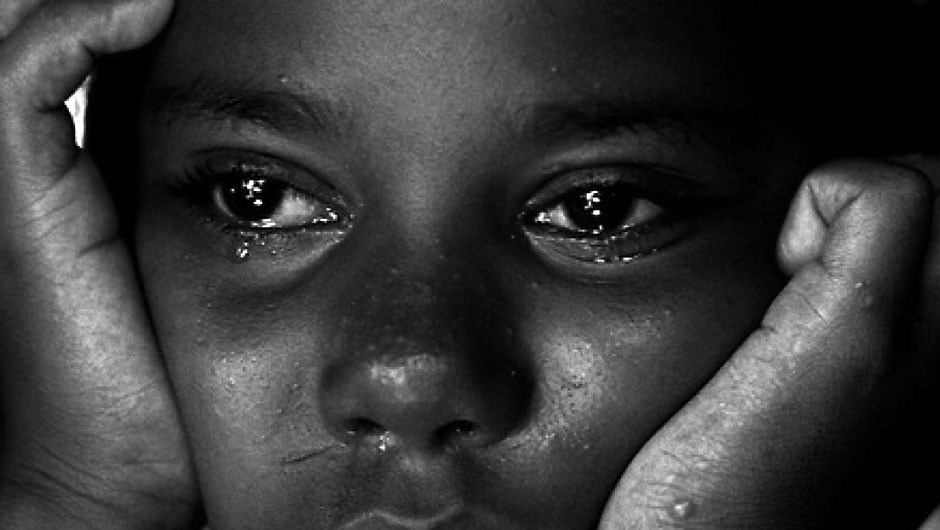What is grooming, exactly?
Grooming is a series of manipulative behaviours that the abuser uses to gain access to a potential victim, coerce them to agree to the abuse, and reduce the risk of being caught, according to the Rape, Abuse & Incest National Network (RAINN). Victims are often children, but vulnerable adults can also be targets, Cheryl Friedman, a licensed clinical social worker at Mount Sinai Beth Israel in New York City who works with survivors of sexual abuse and domestic violence, tells Health.
Grooming can happen in person or online, and RAINN says it typically follows this pattern: First, an abuser will select possible victims based on their perceived vulnerability. They’ll attempt to physically or emotionally separate a victim from people who protect them and gain the victim’s trust by giving them gifts and attention. They’ll also share “secrets” and train them to keep the relationship secret. All the while, the abuser will try to make their behaviour seem natural.

“Grooming is the slow development of trust of a person, often someone who is more vulnerable than the ‘groomer,'” Ramani Durvasula, PhD, author of Should I Stay Or Should I Go?, tells Health. “Over time, as trust is built, it creates a dynamic in which abusive behaviour is more likely to be justified, or the person who is being abused is confused, or may even feel paralyzed and feels unable to respond at the moment.”
Another hallmark of groomers: Their behaviours “are often framed by the abuser as a desire to help or protect the other person,” Arianna Galligher, associate director of the STAR Trauma Recovery Center at The Ohio State University Wexner Medical Center, tells Health.
What does grooming look like?
There are many ways grooming can manifest, including emotional, mental, and/or physical abuse. Here are some ways it typically plays out:
Testing boundaries in non-sexual situations. This could mean getting the victim another alcoholic drink when they said no, or joining them at a social event when they had said not to join them, and then flattering them so they don’t notice the violation of their boundaries, Holly Rosen, LMSW, director of MSU Safe Place, a shelter for people and who are in an emotionally, physically or sexually abusive relationship, tells Health. “These set up a pattern of not listening or respecting when people say no, but the behaviours seem ‘innocent’ if the targeted victims are not educated on grooming tactics,” she says.
Mixing compliments with subtle insults. This can include comments like, “Your hair looks so good—much better than it usually does.”
Trying to assert power. An abuser might use intellectual or logical strategies to convince the victim that they are smarter, Rosen says. Think giving them the silent treatment, leaving quickly, threatening that the relationship is over, and slamming doors when the victim does not agree with them.
Sexual humiliation. “There is often a cycle of sexual humiliation,” Durvasula says. “The perpetrator manipulates and coerces sexual behaviour, and then humiliates the victim on this basis, resulting in greater dependency.” The victim may be forced into more uncomfortable and dangerous sexual situations, and the abuser may take photos or videos to threaten the victim with later.
Physical intimidation. Certain tactics may be used before the situation escalates to severe physical abuse, Rosen says. Those can include throwing objects (but not at anyone), pretending to hit through gestures and saying “just kidding,” and holding the victim down on a bed and laughing.
Gaslighting. “The victim’s reality is denied on a regular basis, and this results in more and more confusion for them, and greater reliance on the perpetrator,” Durvasula says. The victim can be confused about how the person they thought loved them could act this way, and they may even try to justify the abuser’s behaviour, she says.
“Mental and physical abuse are often intertwined—using threats, intimidation, and other tactics, prior to, and simultaneously to later using violence,” Rosen says.
What are the harmful effects of grooming?
Grooming opens up a person for physical, sexual, and emotional abuse, Durvasula says. It can also lead to confusion. “Because grooming is a gradual process, the confusion between trust, dependence, and abuse means that victims are deeply confused and are not able to understand what is happening to them,” she adds.
Loss of self-esteem, along with losing the ability to feel comfortable making decisions, are common results, Friedman says. There’s also a risk of developing mental health issues like anxiety, depression, and post-traumatic stress syndrome, Durvasula adds.
Victims of grooming often struggle in future relationships. “They frequently have difficulty trusting themselves to make healthy decisions in relationships, and they have difficulty trusting others not to hurt them,” Galligher says. “Some may have difficulty discerning unhealthy dynamics in future relationships because they don’t rise to the level of abuse they experienced before. Others may trend toward eschewing future relationships at all, instead of isolating themselves in an effort to protect from danger.”
Signs you’re being groomed
Durvasula says this is one major red flag: The relationship feels like it’s moving too fast, and you become isolated from friends and family. Meanwhile, your partner is telling you negative things about your loved ones to keep you separated.
More danger signs include being offered financial support and a place to live very quickly, and if the abuser insists on driving you places and waiting for you. You feel that they’re “taking care of you,” but then your partner rages when you try to assert independence, like seeing friends or working late. They question your social media use, threaten to leave the relationship when you try to be independent, and you feel like you’re walking on eggshells, worrying that what you say, do, or wear will set them off.
Rosen recommends taking a larger view of your relationships to understand what’s happening. “Try to look at ways you are treated as a pattern, not as separate isolated incidents,” she says.
What to do if you’re being groomed
Durvasula suggests finding someone who can give you a reality check on what is happening. “Do not use shared devices or devices provided by or connected to a shared network with the partner,” she advises. (The concern: Your partner could figure out that you’re trying to seek help and lash out.) This person could be a friend or family member. But if you don’t feel comfortable talking to loved ones, you can get support through organizations like Safe Horizon or the National Domestic Violence Hotline, which offer 24/7 access to help.
Try to have some independent money, so you feel comfortable getting out, Durvasula advises. If you feel you’re in an emergency situation or you don’t know where to turn and you need help ASAP, go to your local ER, recommends Friedman. “It’s the safest place to go,” she says. “There’s help there.”
Experts stress that grooming is not the victim’s fault. “Abusers are good at finding vulnerabilities and exploiting them,” Rosen says. And it happens more than most people realize. “Victims need to know that they’re not alone—that’s a very big fear,” Friedman says. “There are unfortunately many people in your situation. But help is out there.”

